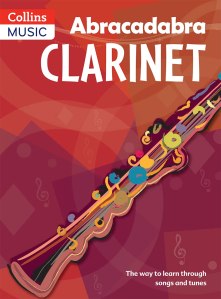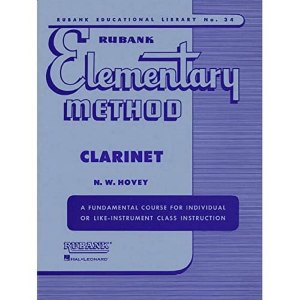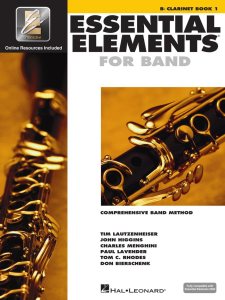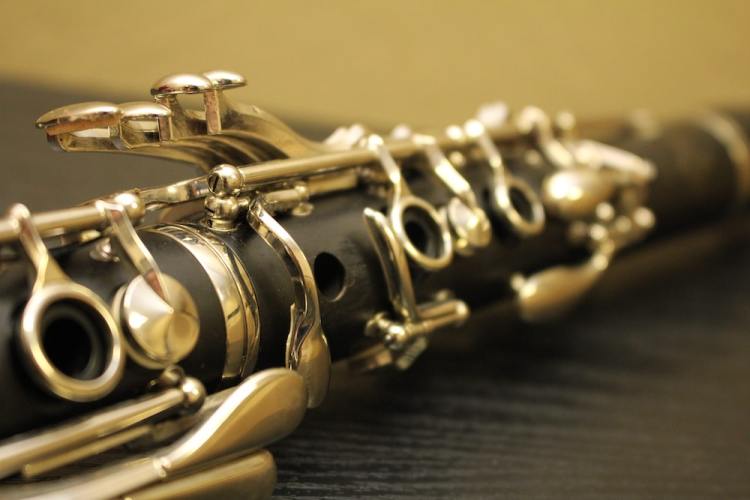
With so many clarinet books available to purchase it is often difficult to know where to start.
When I first started learning music every town had a music shop that you could pop into and ask for specialist advice on what to buy. Nowadays, many people don’t have access to a local music shop or perhaps even a local music teacher to get the best advice at the early stages. So trying to navigate the internet to find the right resources can be very confusing.
Without specialist advice, this is where beginners generally make their first mistake. They download music off the internet or from Youtube that they recognise but without realising it may be far too hard for a beginner. Easy done if no one is explaining it!
In this blog I am going to share my thoughts on some of the beginner books I like to use for teaching beginner clarinetists of all ages.
Abracadabra for Clarinet by Jonathan Rutland
This is a great beginner book perfect for individual clarinet lessons and solo playing. It perfectly guides students through the early stages of playing and reading solo clarinet music. It covers all the lower register of the instrument in the first half of the book and then the second half of the book is focused on playing over the break and in the higher register. There is a variety of genres and styles that caters for all tastes and at the back of the book there are beginner level scales and arpeggios for students to master.
What I really like is that when a new concept or note is added there is always a piece that allows you to practice that concept. There are also good diagrams and notes explaining clarinet fingerings and music theory throughout.
Most of the pieces in the book are already fairly well-known by children, with songs like “Puff the Magic Dragon”, “Ode to Joy” and “Daisy Bell” as firm favourites. The book does come with CD accompaniments which are fantastic. The only downside is that most homes no longer have access to CD players which means that the CDs are not always used to their full potential in assisting clarinetists with practising and playing to accompaniments. Hopefully in the not-to-distant future when a new edition comes out, the recordings will be accessible on-line as play-alongs.
The only other thing to note is that this book uses British musical terms so anyone following the American naming of beat values just needs to be aware of that. There are many resources out there that give the comparisons but here is a quick guide:
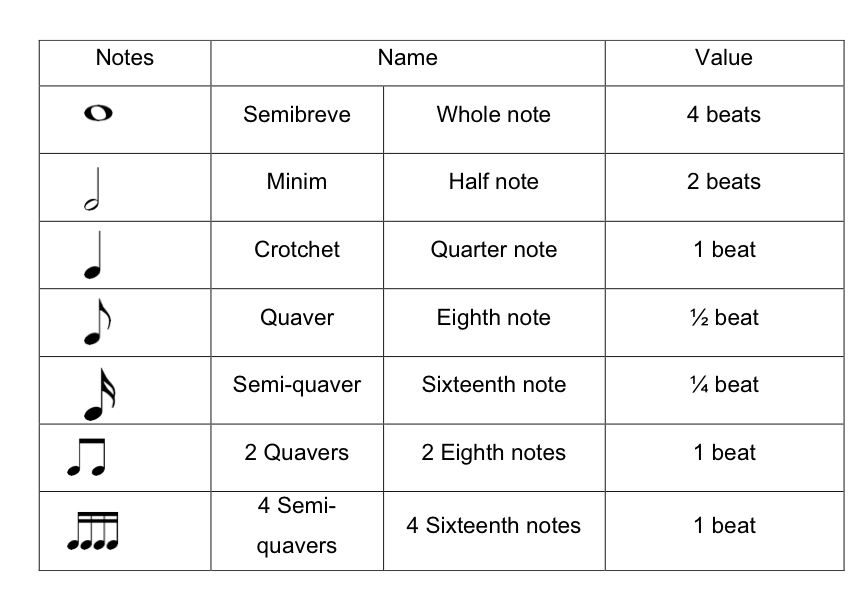
Rubank Elementary Method Clarinet by N. W. Hovey
This is a good elementary method book which I believe is a great resource to have alongside any beginner solo book. The focus of this book is predominantly on developing good clarinet technique through short study exercises. The book focuses on musical areas such as scales, beat values, rhythm reading, articulation and tone control. All of these are essential skills for clarinetists who play in both band and solo playing. The book is part of a series and you can go on to the intermediate and advanced books.
Although this book is not as colourfully designed inside as many other books are on the market, I am always pleasantly surprised at how much my beginner students enjoy playing the exercises in this book and it has become a firm favourite.
Essential Elements for Band – Bb Clarinet by Hal Leonard
This is a commonly used book within the band classroom and many people recommend this book for individual lessons. There are of course other beginner band series on the market but this still tends to be a favourite.
The main difference between the band clarinet books and solo books is that this band book has been designed for students to learn alongside other band instruments at the same time, generally in a group setting. Therefore it doesn’t always cover all the essential basics in the same order or method as perhaps a solo clarinet book does. There are of course lots of recognisable melodies in this book that many students enjoy playing and the diagrams and layout are easy enough to follow. Hal Leonard also has Essential Elements Interactive tools and resources on their website where students have access to it when they purchase the book.
In truth, I don’t tend to use this book for individual lessons because I think the Abracadabra book stretches the solo student at a quicker pace and has the opportunity to play a decent amount of solo music with in the first few weeks of learning. Also, if a student is learning in band and then covering the pieces from this book in individual classes with you, it is easy to speed ahead through the book and then the student can find band class not as enjoyable because they are ahead.
If you want to know more about clarinet repertoire, where to buy it or start lessons with us, please reach out. We are always happy to help!
* As an Amazon affiliate I earn from qualifying purchases. It’s okay – I love all of these music books anyways, and you will too!
